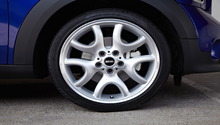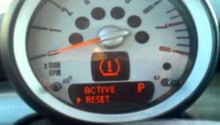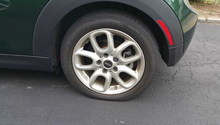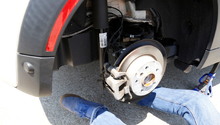Mini Cooper: How to Check Tire Tread and Pressure
Interested in learning how to upkeep you tires? Fortunately, it's not that hard to learn and we've taken the time to explain everything you need to know here.
This article applies to the Mini Cooper (2001-present).
Of all the components on your car, the tires are arguably the most important. These pieces of rubber are responsible for providing traction on all types of terrains and stopping power. In order to function at its best potential, a tire must be properly filled and its tread must also be kept at a safe level. If the tire is under-pressurized, you will experience a loss of traction, fuel economy and stopping power. The same occurs when the tread life is too shallow, except you also experience the risk of blowing a tire. Here's the proper way to inspect the health of your tires.

Materials Needed
- Tire tread reader
- Air pressure gauge
- Floor jack
- Jack stands
- Tire pump
Although most tire shops do this service for free, learning how to inspect your tires can protect you from dishonest shop owners and also save you some time in purchasing tires.
Step 1 – Raise vehicle
For an in-depth inspection you are going to want to raise the vehicle so you can easily check all aspects of the tire. Lift the chassis up, using the proper jack-points, then support it with jack stands.
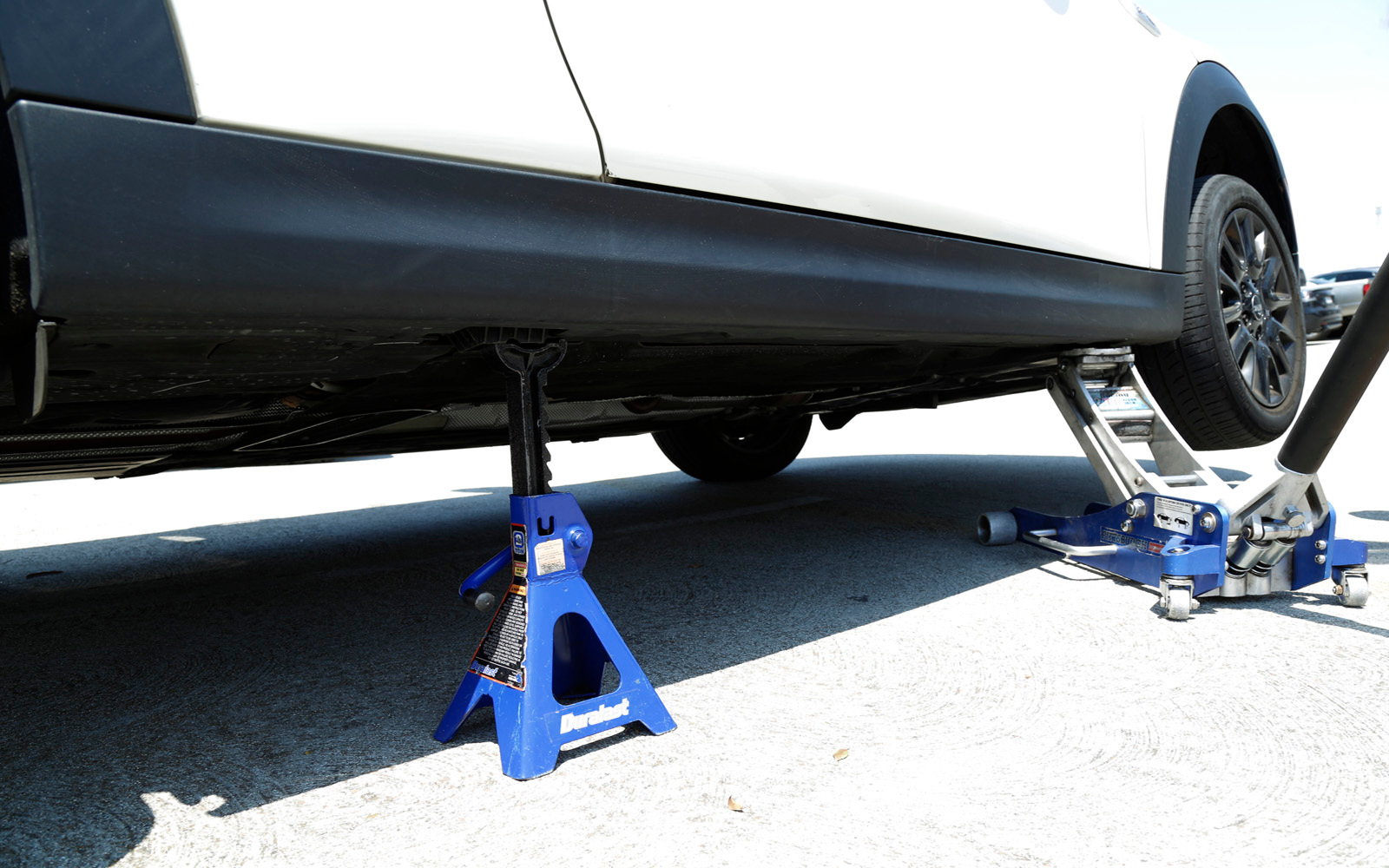
Step 2 – Check tread life
The life the tread has is determined by how deep the valleys on the rubber are. Healthy tread has to be at least 3/32" of an inch in depth. Anything less than that runs the risk the causing a blow out, which can lead to even more damage to the car. Also, while inspecting the tread depth be sure to look for any irregularities on the actual tire itself. This can include bulges, visible beads or uneven wear. If any one of these issues is present and in an extreme state, replace the tire. Once you finish inspecting each tire on the car, remove the jack stands and lower the car.
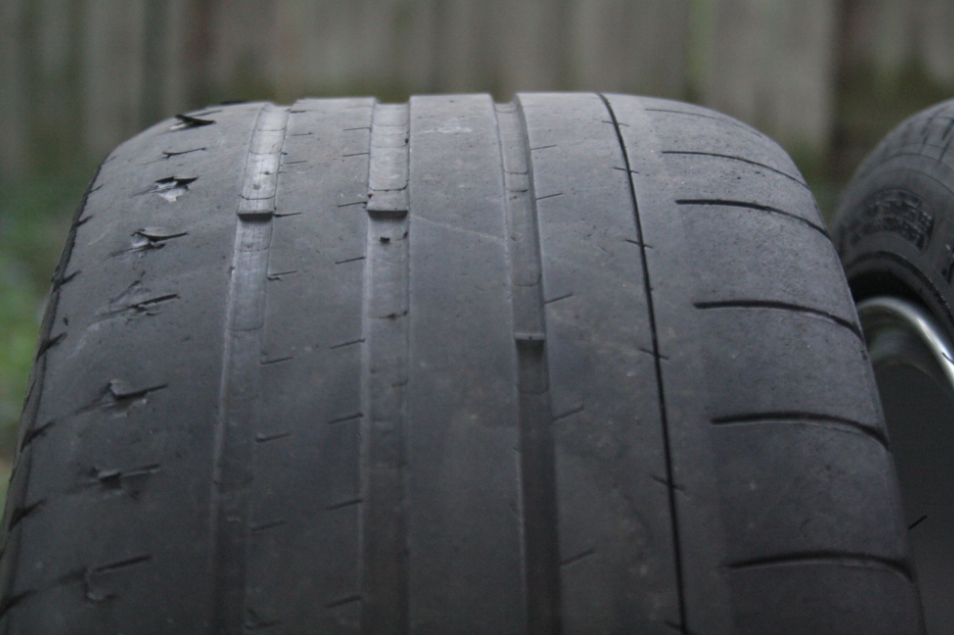
Step 3 – Check the air pressure
Although the right tire pressure depends on a lot of things, the common commuter can just use the specified pressure on the inside of the door jam. This number generally ranges between 32 to 35 psi.
To check the air pressure, remove the valve cap and place the gauge on top of it. If it reads under the recommended amount, use a pump to push more air in. Add air in spurts and keep taking pressure readings to ensure accuracy.
Warning
Over-inflating tires can cause issues with early tire wear can also increase the risk of blow outs.

Pro Tip
Air will eventually seep out of the tires, but if there is a significant drop in pressure, then immediately inspect it for foreign objects or holes, as you most likely have a leak. If you suspect a leak but cannot find it, spray a soapy water solution over the tire to search for bubbles which indicate a leak.
Related Discussions
- Proper Tire Pressure - NorthAmericanMotoring.com
- Tire Tread Depth - NorthAmericanMotoring.com

